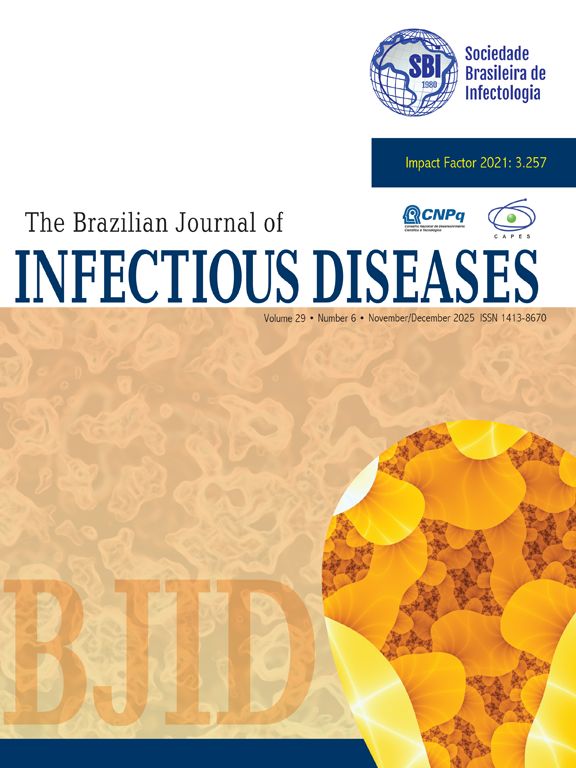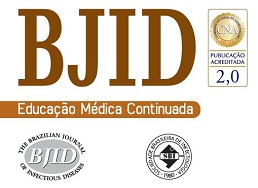Over the last 30 years, the pathogenesis of osteomyelitis has almost been totally elucidated, and many factors responsible for the persistence of this infection have been identified. Numerous antimicrobial agents with distinct spectrums of action, pharmacokinetics, and pharmacodynamics have been used in its treatment. Surgical techniques, including muscle grafts, the Ilizarov technique, and antibiotic bone cements, have been applied. However, bone infections are still a challenge. Despite the importance of isolation and identification of microorganisms to determine the antimicrobial treatment of bone infections, there are few systematic national studies about the etiological profile of these diseases. This article describes the current knowledge of osteomyelitis and summarizes published national data based on the experience of different Orthopedic and Traumatology Services. In general, S. aureus was described as an important etiological agent; however, the difference in design of national studies makes a comparison between the prevalence of bone infection, the associated risk factors, and the different therapeutic approaches difficult. In conclusion, effort is necessary in order to stimulate systematic national studies in different Orthopedics and Traumatology Services to obtain a better consensus on preventive measures and therapies of bone infections.
The Impact Factor measures the average number of citations received in a particular year by papers published in the journal during the two preceding years.
© Clarivate Analytics, Journal Citation Reports 2025
SRJ is a prestige metric based on the idea that not all citations are the same. SJR uses a similar algorithm as the Google page rank; it provides a quantitative and qualitative measure of the journal's impact.
See moreSNIP measures contextual citation impact by wighting citations based on the total number of citations in a subject field.
See more



